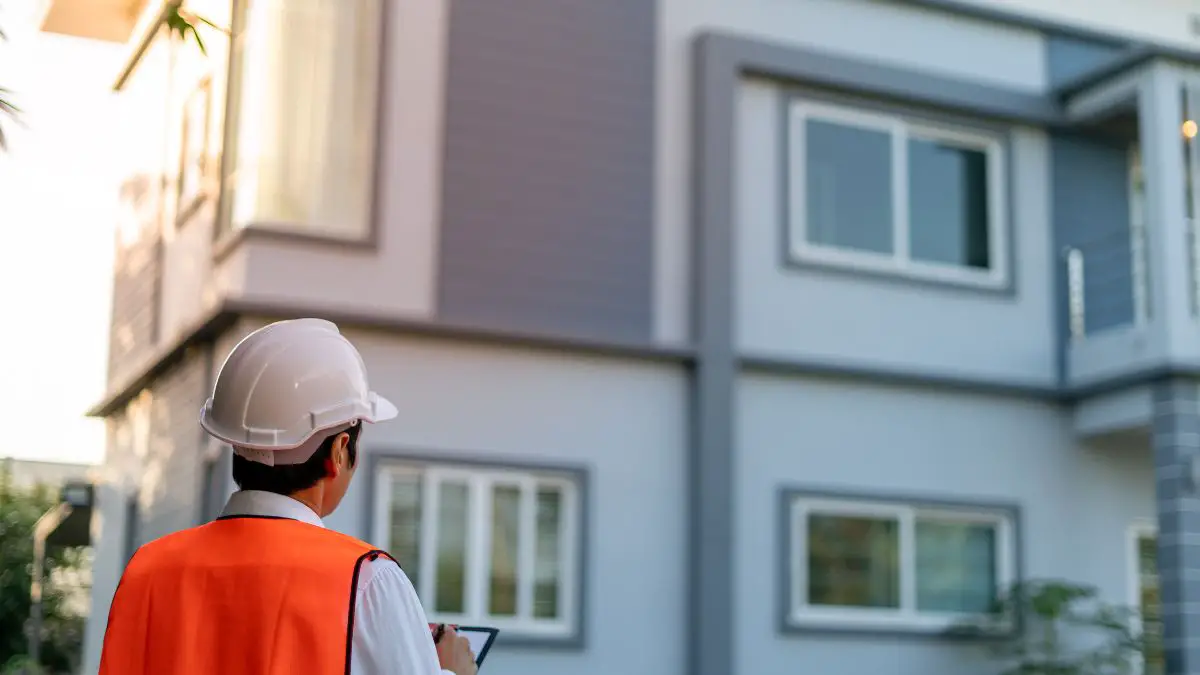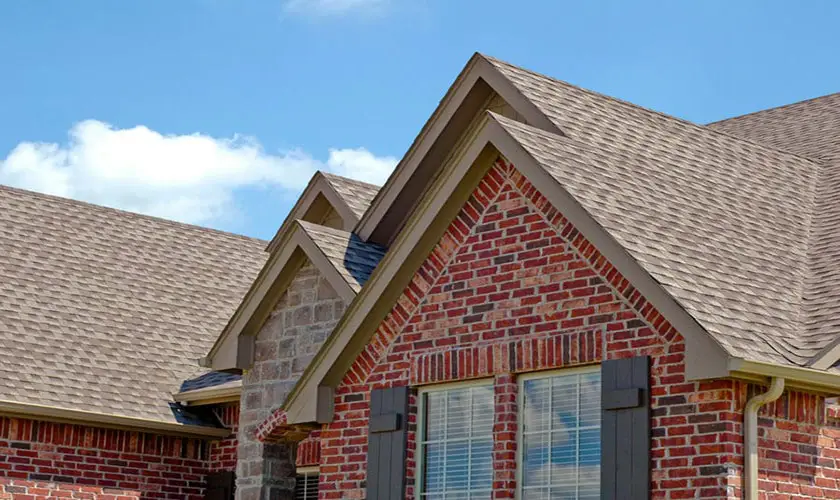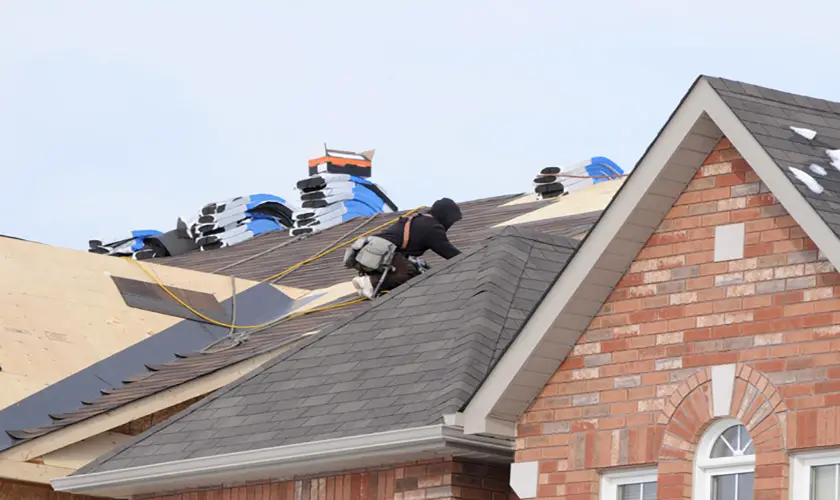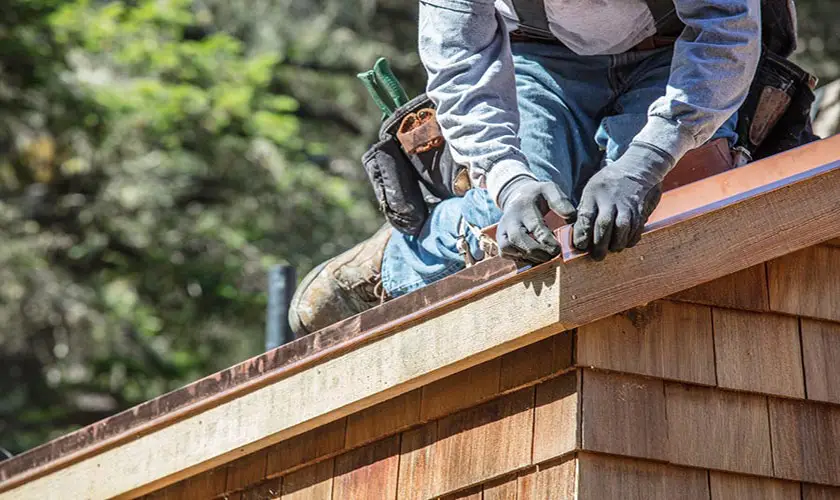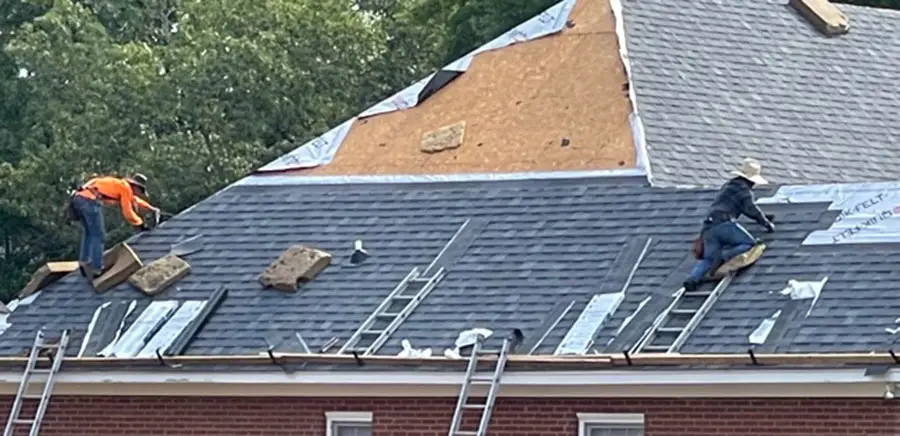
Most roofs have a lifespan of between 20-50 years. During that time, a roof, depending on the material used, will have endured significant natural wear and tear and likely received several simple repairs. It’s time for a new lease of life. But roof replacement is often an inconvenience and but, how long does it take to replace a roof?
For most roofs, it’ll take 1-3 days for roof replacement. Larger complicated roof replacement jobs may take up to 2 weeks, depending on the scope of work. Factors such as the surface area of the building, design of the roof, and complexity of roofing material, among others, play a huge role in determining the time frame.
Replacing a roof should not take too long. So, you’ll not need to leave your home for most roof replacement jobs. However, if your roof replacement includes interior renovations to repair moisture damage, you may want to consider vacating the house during this process.
How Long Does It Take To Reroof A House?
On most homes, a re-roofing job should only take a day or two to finish.
Factors affecting the timeframe of a roof replacement include:
- The size of the house
- Type of roofing material
- Design of the roof
- Decking reinforcement
- Weather conditions
The Size Of The Home
The size of a home determines the roof’s surface area in square feet. The fewer the square feet means you will complete the job in a day or two, and the more the square feet means the job will take longer to get done.
The roofing crew will measure the size of the roof to provide a roof replacement price quote. The number of roofing squares found will either scale the job up or down.
Now, roofing squares are not the same as square feet. A bundle of shingles will cover about 33 square feet. A roofing square is equal to 100 square feet and makes it easier to determine the number of roofing material bundles needed.
The Type Of Roofing Material
There are different roofing materials in the market, and a roof replacement can also feature another type of roofing material instead of the same old roofing material. Giving a chance to another roofing material may enable your roof to last even much longer.
Roofing materials vary in design and method of installment, and because of that, some roofs will take longer to replace.
Here is a list of different roofing materials and the estimated period they may take for the job to be finished;
- Asphalt roofing shingles last 15-30 years, are relatively lightweight, and are easy and faster to replace, taking between 1-3 days depending on the size of the roof.
- Metal roofs last up to 50 years, are light in weight but fragile, requiring care and consideration carrying and installing, laying roofing metals may take between 2-5 days depending on the size of the roof.
- Clay and concrete tiles. These are sensitive and delicate materials requiring contractors to carry and lay them safely, so tiling may take up to a fourth night to replace the entire roof.
- Cedar shakes shingles are made from wood; therefore, they are light and uncomplicated and may take around a week for the roof replacement job to get done.
Design Of The Roof
Roof design encompasses things like the complexity of the roof, pitch, and shape of the roof.
A roof pitching could slope at an angle of 5/12, 8/12, 10/12, or 12/12. The sharper the slope, the slower the construction crew will need to move along the roof to keep safe; hence the longer the roof replacement job will take.
A unique and complex roof will take longer than more common and simpler designs.
Decking Reinforcement
For roofs that were saggy and had moss growing on the exterior, the chances of rot in the decking increases. But a contractor won’t know for sure until when the roof has been completely torn off and the decking exposed.
If the decking registers any rot, it means the wood decking has to be replaced. It will be an extra job on top of what they had, although such things are precedent and may require an extra day to reroof the house.
Weather Conditions
Unless it is a sudden roof replacement resulting from a terrible storm that ravaged the land, then roof replacement jobs should be scheduled and reserved for when the climate is bearable. Not too hot, and not too cold.
Hotter days may take a toll on the crew, and colder days may make roofing adhesives hard to stick.
When To Replace A Roof
Roofs are the core of a building’s structure. They can withstand severe climatic conditions to protect the home’s interior, and with regular and proper maintenance, a roof will last a long time.
Damage happens to roofs when severe storms happen, and to intercept roof damage before it gets out of hand, the body of contractors recommend a thorough roof inspection at least twice every year.
Several signs indicate that a roof may be due for replacement:
- A saggy and droopy roof indicates that the wooden roofing structure/deck inside the attic is rotten. It could be due to moisture seeping through the wood due to lack or poor attic and roof ventilation.
- A failing roof can be disastrous. A roof that has outlasted its lifespan is a potential danger that needs replacing without even looking at factors such as leaks and all.
- Severe damage after the aftermath of a terrible hurricane. When the sky acts up, and the wind spins from here to heaven, it ruptures roofs and hurls away roofing material. When this happens, you will need a new roof and a possible change of roofing material.
- Cracked shingles have no other alternative than to be replaced along with missing granules and curled shingle edges.
What Materials Are Needed To Replace A Roof?
Replacing your roof is almost like roofing a new house. That is because the amount of work and the materials needed will be more than just the shingles.
The roof is mostly composed of various components and accessories;
Roofing Material
When a roofing material is mentioned, shingles get to be mentioned more because they are the most commonly used and the most popular roofing material among homeowners.
The roofing material is the first line of defense and the first one to go into the list of materials needed for a roof replacement.
Roof And Attic Air Vents
If roof replacement is happening because of rot in the decking, you will probably need to replace the air vents as that is a clear indication that the attic was poorly ventilated.
The Roof Deck Boards
The roof deck is often made of solid wood plank boards, plywood, or OSB board. You can establish the condition of the deck after the roof coverings have been removed off. It won’t be a surprise to find that parts of the deck are rotten and need replacing or reinforcing.
The Underlayment
The roof has a synthetic underlayment that serves as a water-resistant barrier between the roof decking and the roof coverings, common asphalt shingles. Depending on location, underlayment may not be required other than basic 40lb roofing felt paper.
The Roof Wall Flashings
The roofing system is composed of chimneys and, in other cases, open valleys. The roofing shingles are not designed to go up a wall where the chimney meets the roof.
That is where the roof flashing comes in to seal the gap and allow water to flow down the roof instead of leaking in. If the flashings are still intact, they may not need replacing.
Roof Valley Shields
Aside from installing roof flashings on roof valleys, shields allow water and ice to flow easily down the roof and shield the roofing material from damage brought about by stagnating water.
Ridge Bend Caps
Roofs have ridges where different parts of roof sloping’s meet. These edges are the roof ridges, and they will need capping. The regular flat shingles are bent or curved shingles designed to form an umbrella to the two slopes.
Metal Sheet Edges
The roof’s underneath edges are often covered with a metal flashing that has narrow vertical bumps running down and is meant to protect fascia and soffit water damage.
What Do I Need To Know Before I Get A New Roof?
When a damaged old roof needs replacing, there will be neither going back nor any time for delays. The roofing will keep deteriorating, leading to further problems that you can through a speedy replacement.
No one is ever fully ready for a roof replacement. Here are things to consider:
Inconvenience
The most crucial part of roof replacement to a homeowner is that they will need to vacate the premises to allow construction. So it is critical to put in mind where your family will stay during the short period of roof replacement.
Roofing Material
When it comes to replacing the roof, you may consider taking up the challenge of installing a different type or kind of roofing material. If the old one did not do your house much justice as far as longevity, structure, and appearance were concerned.
Expenses
The most contributing factor to a roof replacement is the cost of replacing the roof. A roof replacement may have been planned or may be sudden. Planning will give you the leverage on the budget, and if not, then a new roof budget will be stiff.
Roofing Contractors
The outcome of the roof depends not on the roofing material per se but the contractor for the job. A dedicated contractor will do an excellent over-the-board job. In contrast, other contractors may do a shoddy job regardless of how much the roofing material and the overall job cost you.
The Duration Of Roof Replacement
When you have settled on the construction crew or company to handle your roof replacement, they will draw out a plan and determine how many days it will take them to get the job done. It will help you plan where your family will stay and how long you will be away from your home.
Should I Stay Home During Roof Replacement?
Staying at home during a roof replacement is a personal choice to make. Some people have tight schedules, while some can take time off to be around when contractors are working away on their roofs.
Roof replacement is a big project that involves a lot of money. It is regular for a homeowner to want to stick around to alleviate stress and anxiety as they worry whether the job will turn out to their satisfaction.
Another reason a homeowner may want to stick around is born of the need to be vigilant and monitor the roof replacement as it develops, ask the right questions, and even make a suggestion or two about the structural and appearance of the roof.
As the roofing replacement process is noisy, the homeowner will have moved out, and being around means sticking or lingering around as the job progress, which may help calm them down knowing that a good job is in progress.
Many homeowners worry that some roofing contractors might decide to bypass a roofing procedure and end up doing a shoddy job with repercussions falling back on you.
How Long Does It Take To Tear Off And Replace A Roof?
A roof can be replaced within 1 day. The best way to safely and quickly do a roof replacement is to hire a team of skilled contractors so that the job moves much faster.
This crew will descend on the roof and tear it apart in a day, no matter the type of building material that is in place. That is why they say it takes a while to build something and only a blink of an eye to destroy it.
It takes a day because tearing off does not require a contractor to be too careful with the old roofing material. The process happens from the ridge down.
On a typically clear and warm day, a construction crew will be able to tear off a roof early in the morning and embark on replacing it from midmorning into late in the afternoon. If the roofing is not too high and the surface area of the building is relatively small, for instance, if it is fewer than 100 square feet.
Final Thought
As discussed earlier, a small roof will take you between 1-3 days. For larger complicated roofs may take up to 2 weeks to get the job done.
A roof replacement most of the time is done because the roof in place is old and worn out or has fallen victim to the unforgiving forces of nature. All in all, a new roof gives a building a new look, and you may want to get it right from the choice of roofing material to the color and choice of air vents.
It is because replacing your roof is not a regular job and may take another three to four decades before you get to make another choice of the roofing material. So it becomes critical to have the right combination of excellent roofing materials and skilled roofing contractors.



